Special Report
Countries Where Women Are Still Not Equal to Men
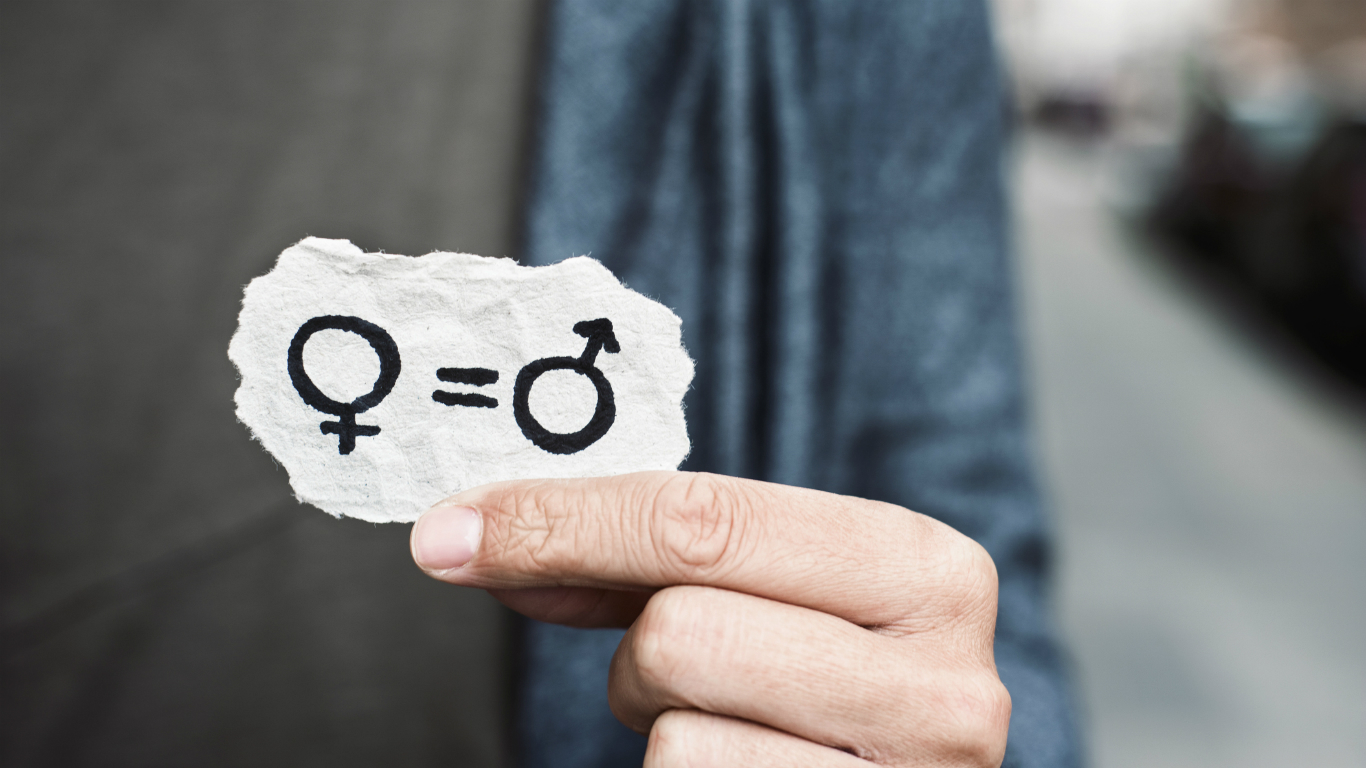
Published:
Last Updated:

Despite decades of raising awareness for gender equality, ranking countries based on how differently they treat men and women, and making political pledges to improve the status of women, the world has a long way to go in reaching parity.
In its annual report, the World Economic Forum reviewed the percentages of men and women working, economic opportunities, educational attainment, health status, and political empowerment to measure overall gender equality in 149 countries.
Globally, the overall gender gap stood at 68% in 2018, which was only slightly better than 2017. If current progress rates stay the same the gender gap will close in 61 years in Western Europe — the soonest — and 171 years in East Asia and the Pacific — the latest.
At the current pace of improvement, the overall gender gap will close in about a century from now. Eliminating the differences in economic opportunities and political empowerment will take the longest — 202 and 107 years, respectively. The smallest gaps are in health and life expectancy at birth as well as education.
The 15 countries where the gender gap is the widest are in the Middle East and North Africa. With an average remaining gender gap of 39.8%, the region is the lowest scoring worldwide, followed by South Asia (34.2) and Sub-Saharan Africa (33.7).
The inequality between men and women in terms of economic opportunities has always been a problem, but there are signs the gap is closing, at least in some countries. When it comes to a country’s share of men and women participating in the labor force, some nations fare better than others. And, many of these are not, as some might expect, in the rich and developed world — here are the countries with the highest rates of working women.
The following list is based on the World Economic Forum’s 2018 Global Gender Report, which compares 149 countries and their progress toward gender parity. The ranking is based on four major dimensions: economic participation and opportunity, educational attainment, health and survival, and political empowerment.
Click here to read about the worst countries for gender equality.
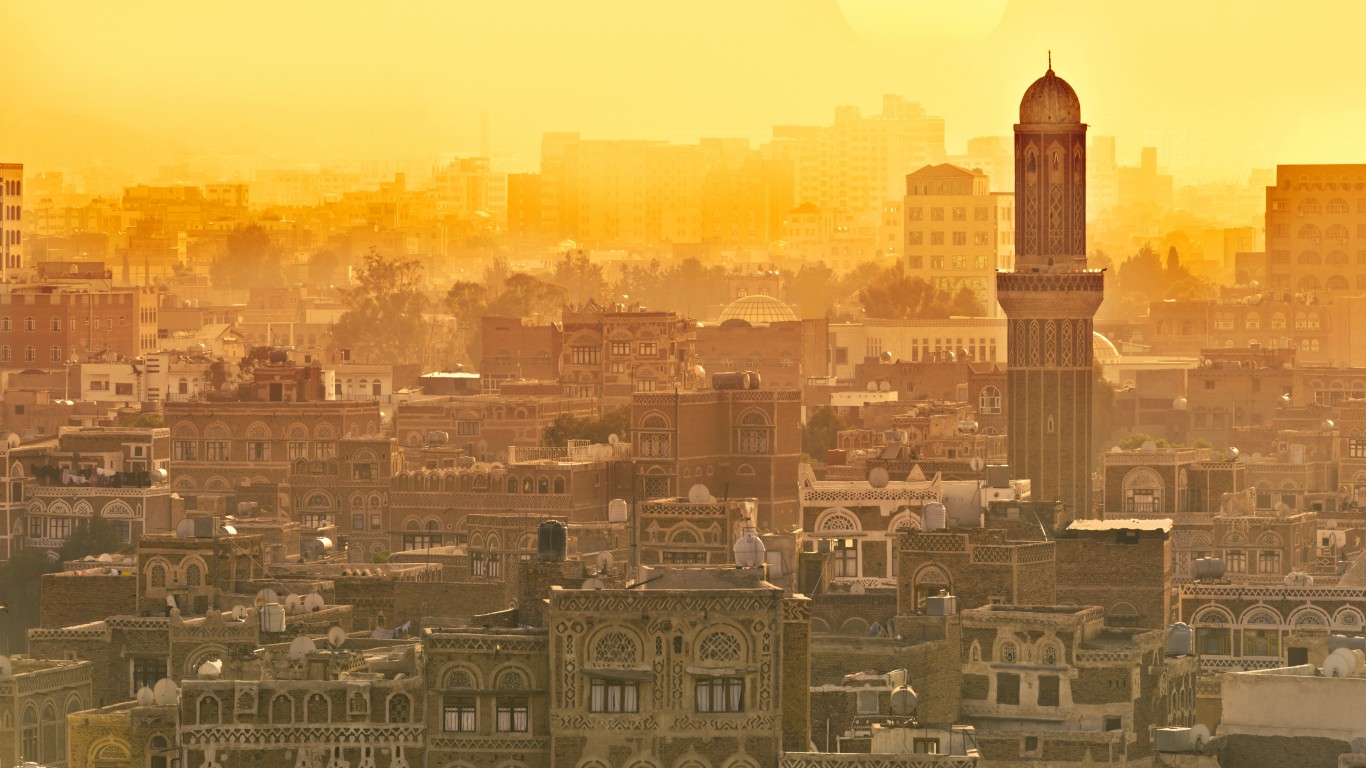
1. Yemen
Yemen was at the bottom of the ranking in 2006, and it’s at the bottom in 2018 as well. The country’s overall gender pay gap is 50%, compared to a global average of 68%.
When it comes to managerial positions, the gap between men and women is over 90%. As for women’s representation in political positions, with no women in parliament, the gap is over 97%. Also, the country ranks last out of 149 countries in labor force participation. Just over 6% of working age women are in the labor force, compared to 71%. There are no non-discrimination laws or laws mandating equal pay.
[in-text-ad]
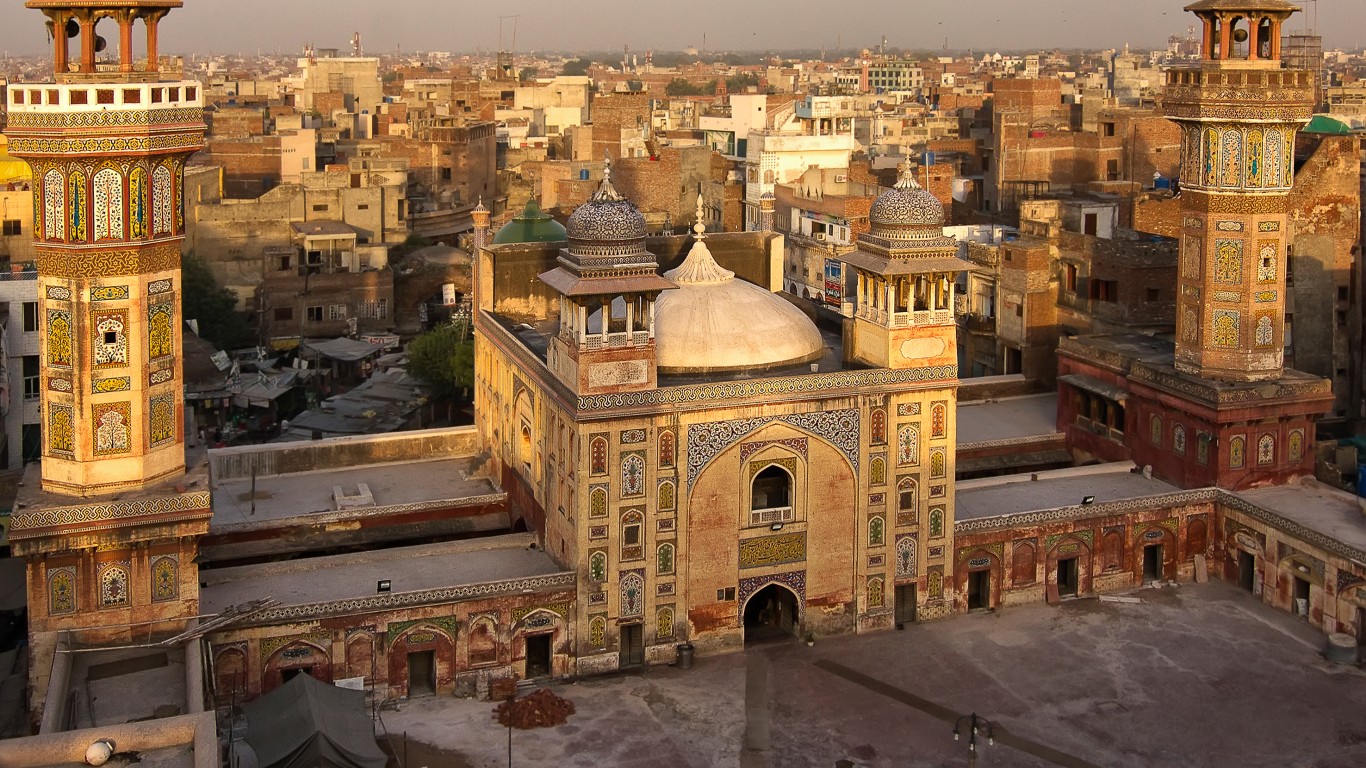
2. Pakistan
Pakistan, the sixth most populous country in the world, has an overall gender pay gap of approximately 55%. There is some good news, however. The country made progress in 2018 in wage equality, and educational attainment.
The country doesn’t have laws requiring companies to hire women or pay them the same as men. In terms of wage equality for similar work, Pakistan ranked 106th out of 149 countries. Women are estimated to earn just 20 cents for every dollar men make.
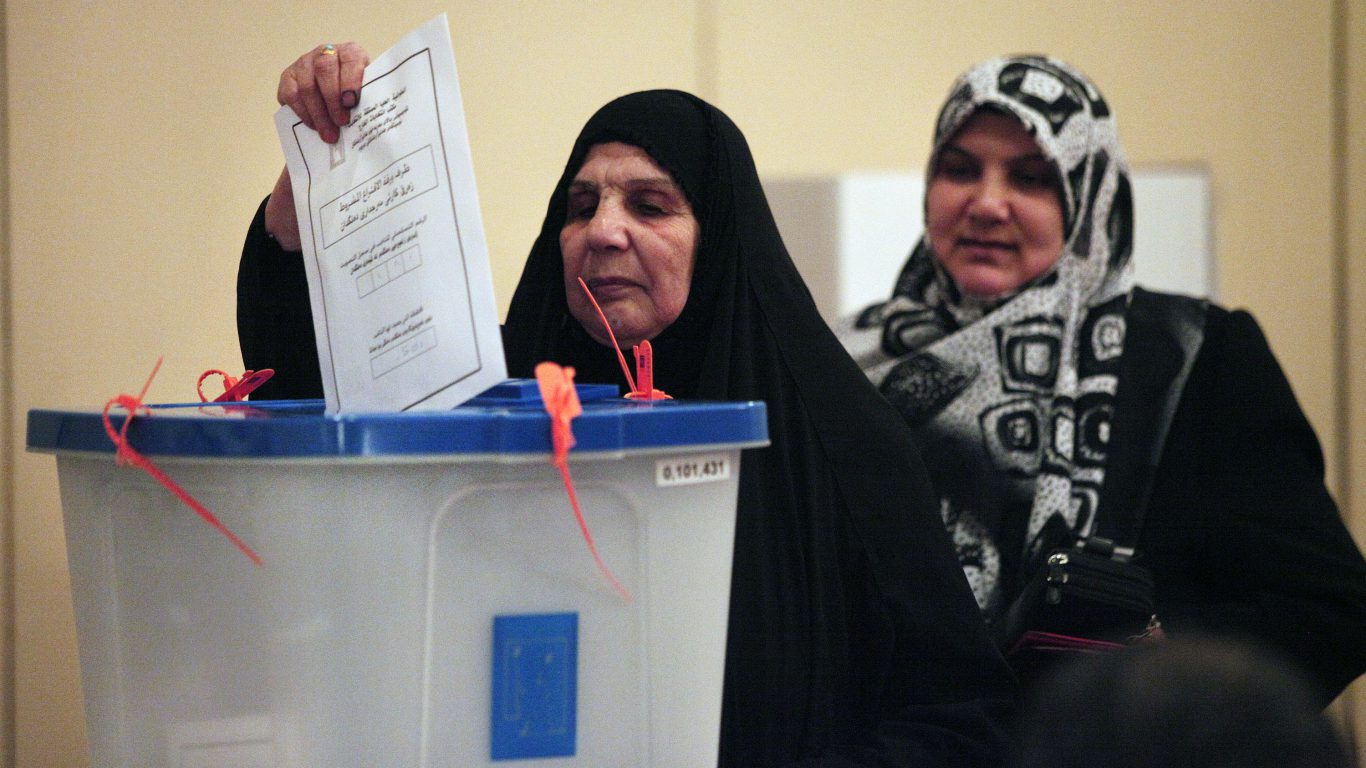
3. Iraq
Iraq is included in the Global Gender Gap Report for the first time, but gender inequality has been a problem there for years and there are signs it is only getting worse, according to a report from the United Nations Assistance Mission for Iraq.
There have been pledges to empower women and increase their political participation, but only 10% of ministerial positions are held by women and only 21% of legislators, senior officials, and managers are women. Daughters still don’t have the right to inheritance.
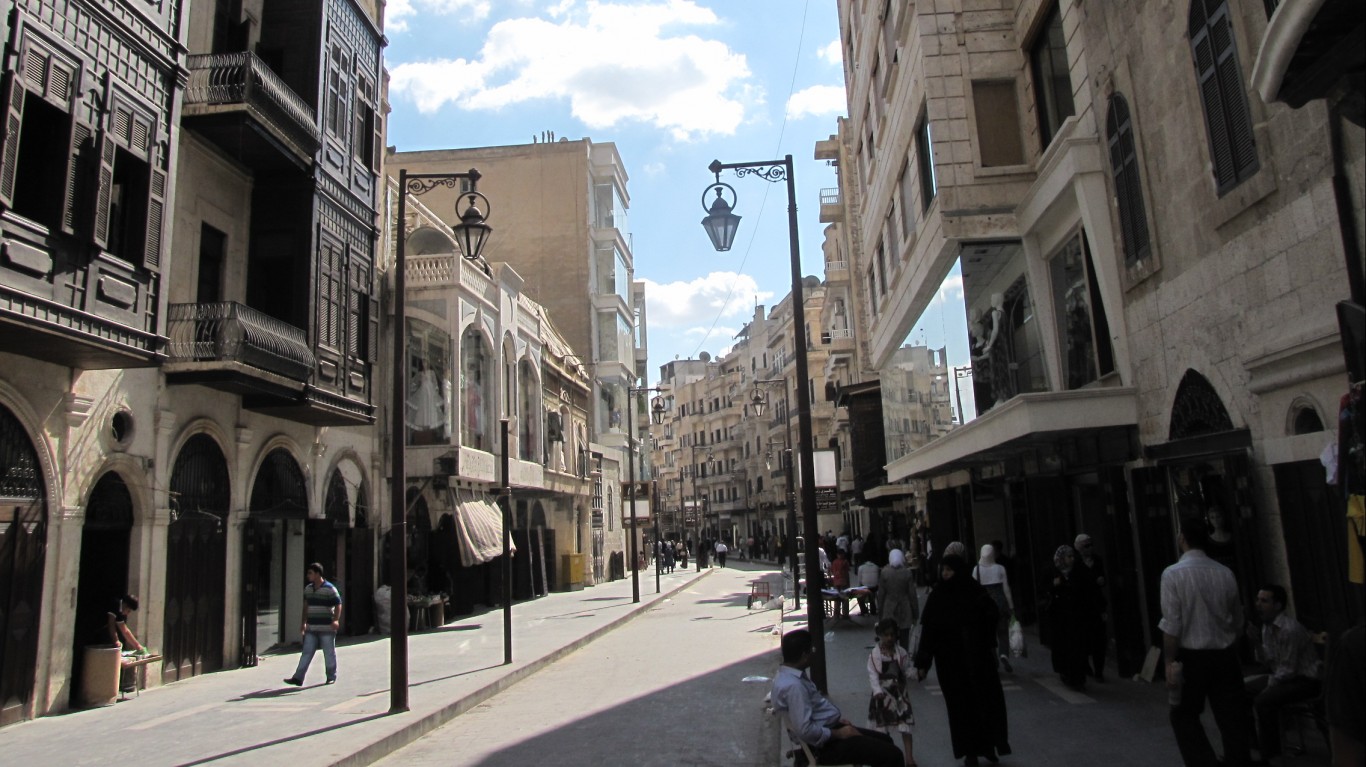
4. Syria
Syria is one of several countries where honor killings are deeply rooted in society. The civil war that started in 2011 has made the situation even worse for women and gender-based violence is prevalent.
In addition, women in Arab countries face high barriers to entering the labor market and are more likely to be unemployed than men. In Syria, more than a third of women are unemployed, compared to just a tenth of men.
[in-text-ad-2]

5. Chad
Chad has not improved much since 2006 when it ranked 113 out of 114 countries in gender equality. Twelve years later, it’s still near the bottom — out of 149 countries. It ranks last in the educational attainment subindex. About a third of girls are out of school, compared to a 10th of boys.
Despite existing laws for hiring women and paying them the same amount as men, just 65% of working age women participate in the labor force compared to 77% of men, and women make about 62 cents for every dollar men earn.

6. Democratic Republic of the Congo
DRC appears in the Global Index for the first time due to more data being available. The Central African country’s overall gender pay gap is 41%. Even though women make up about 53% of the country’s population, their access to positions of power and professional and technical jobs remains limited compared to men.
Furthermore, there are no non-discrimination laws for hiring women, no laws requiring equal pay, no access to financial services for women, and no legislation against domestic violence.
[in-text-ad]
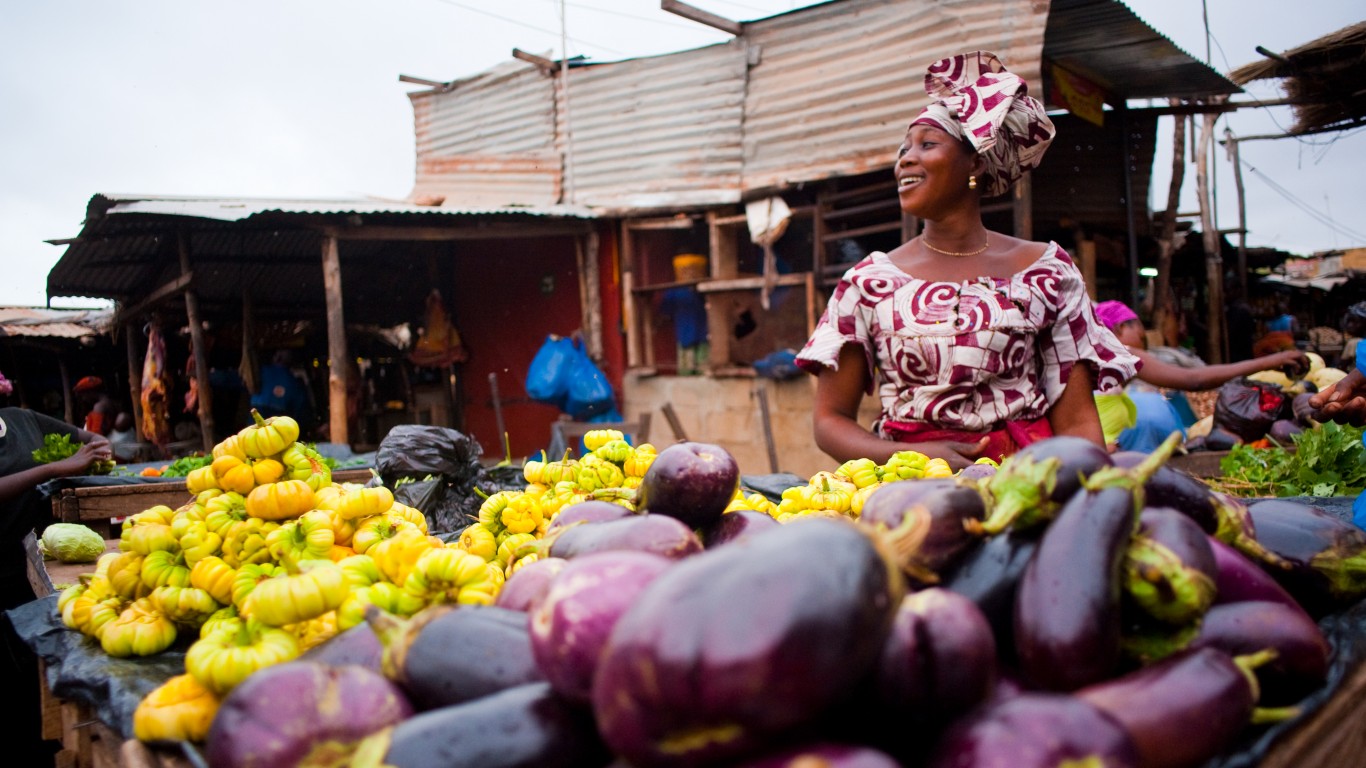
7. Mali
In 2006 Mali was ranked the 15 worst country for gender equality. The country ranks near the bottom in three of the four major measures used to create the Global Index — 130th in economic participation and opportunity, 144th in educational attainment, and 129th in health and survival.
As in the DRC, there are no laws requiring businesses to hire women or to pay them the same amount for similar work, and there is no law making domestic violence a crime.
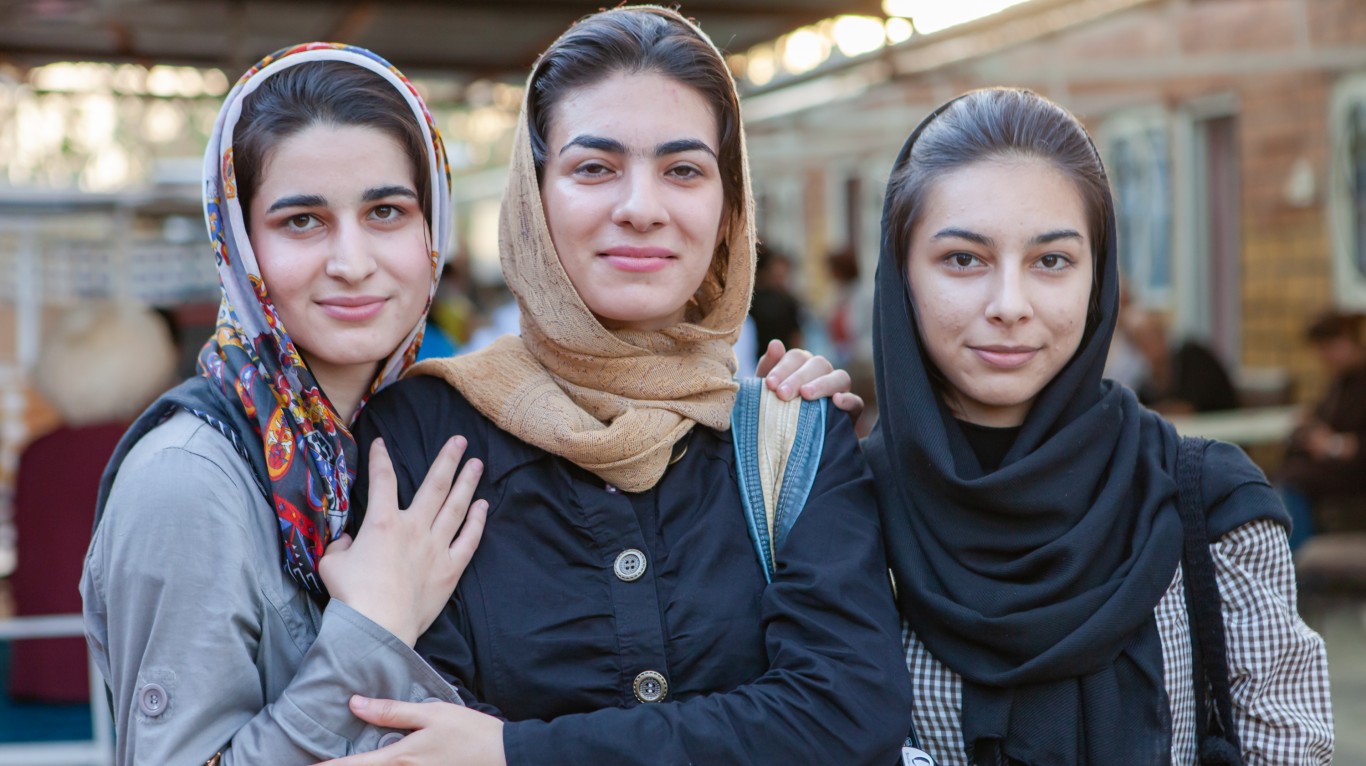
8. Iran
Iran is among the worst countries for women in terms of economic opportunities, especially labor force participation, estimated earned income (ranked 145th and 143rd, respectively), and political empowerment. Women in Iran face many social barriers. More than 65% have a college degree but only 18% actually have a job. Women are severely underrepresented in parliament and as private sector managers.
The government has enforced discriminatory laws and other rules limiting women’s participation in the job market and it has participated in discriminatory employment practices against women in both public and private sectors because of a widespread belief that women’s ideal roles are as mothers and wives, according to the Human Rights Watch.
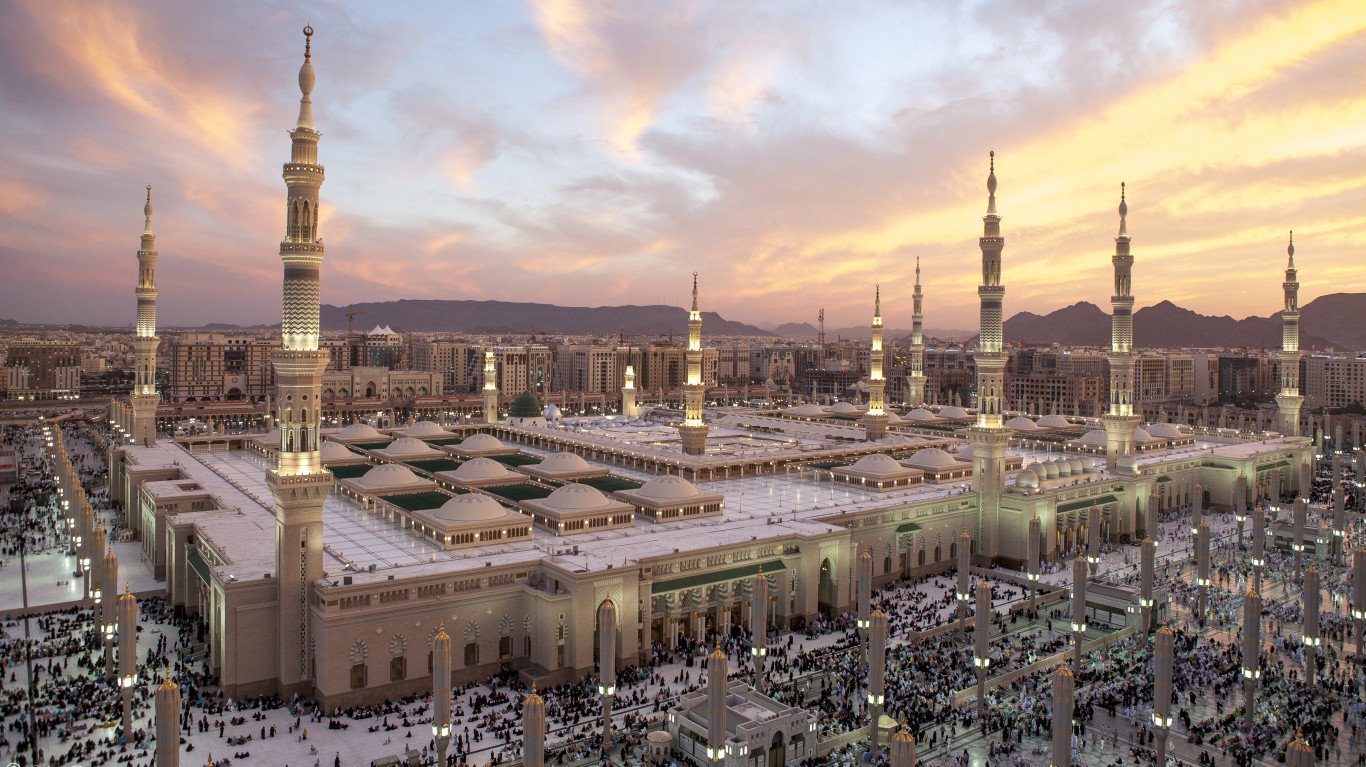
9. Saudi Arabia
Saudi Arabia has made some improvements since 2006 when it was ranked last in the Global Gender Gap Index. Slightly smaller wage and labor force participation gaps, as well as a smaller gender gap in secondary and tertiary education, have contributed to the kingdom being ranked the ninth worst, as opposed to the worst, country for gender equality.
Even though a ban on female drivers was repealed in 2018, women still cannot make major decisions, swim in public, talk to men, try clothes when shopping, or compete in sports.
[in-text-ad-2]

10. Lebanon
Lebanon’s overall performance in closing the gender gap is mostly unchanged, despite minimal progress in the ratio of women in parliament. Women in the country are still severely underrepresented — just over 3% hold ministerial positions and just over 4% of seats in parliament are held by women.
The country has one of the worst labor force participation ratios — less than 26% of working-age women participate, compared to over 76% of working-age men.
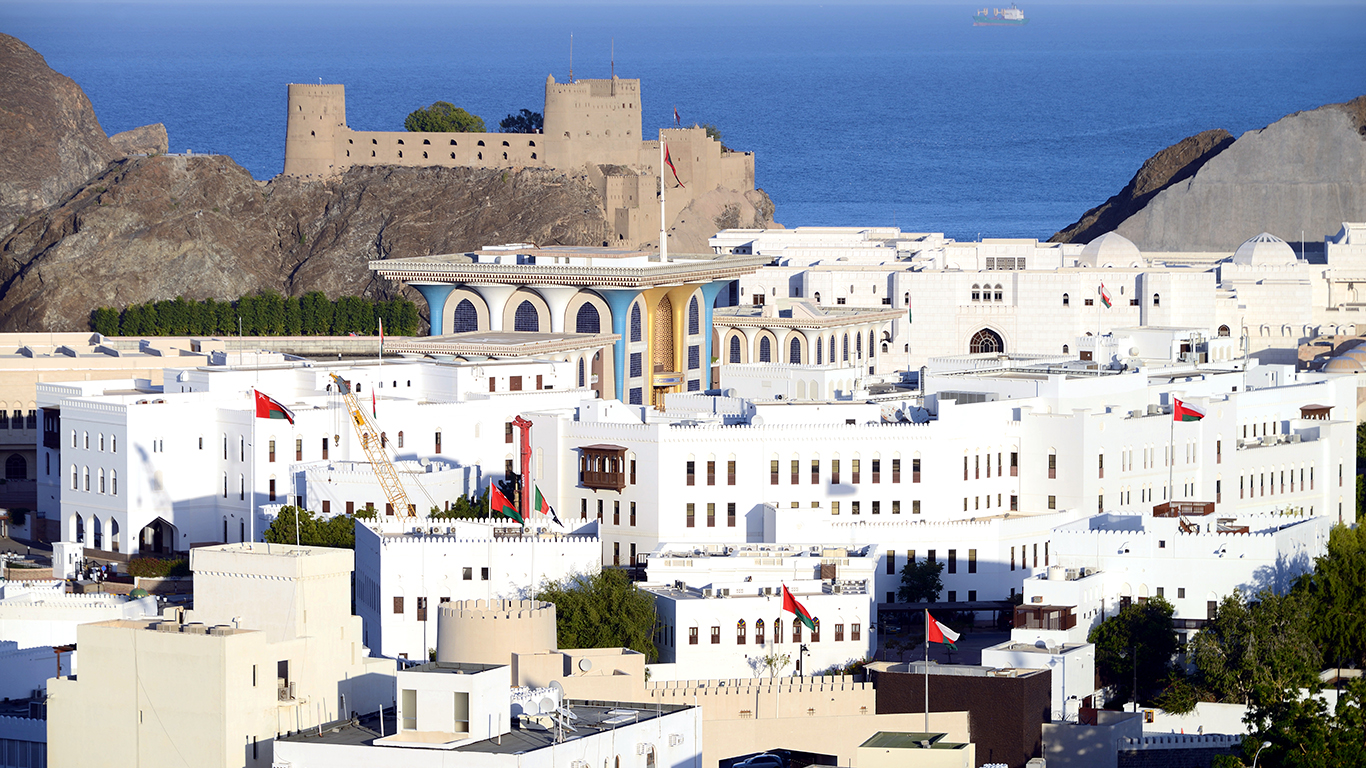
11. Oman
After its omission last year due to insufficient data, Oman has made it back into the Index this year. But its gender gap is larger than in 2016 because of widening disparity in economic participation and opportunity. About a third of women are employed, compared to almost 89% of men. Also, women earn about 80% less than men, one of the worst ratios of all 149 countries in the report.
Women face high legal barriers. Men can divorce them for any reason, while women can divorce only under specific circumstances; women cannot marry foreigners but men can; women can travel abroad but need a man’s permission to get a passport; and there is no law against domestic violence.
[in-text-ad]

12. Jordan
Despite significantly reducing the educational gender gap since 2006, Jordan continues to have one of the world’s lowest rates of women’s workforce participation — at only 15%. Many of the unemployed women are university graduates as more women than men obtain a college degree.
Jordan does not have an equal opportunity law prohibiting gender discrimination in the workplace, and gender-based discrimination is not banned in the Constitution. Paid maternity leave and daycare for working mothers are avoided by businesses that simply use gender-specific provisions as reasons not to hire women, according to the Freedom House, a U.S.-based non-governmental organization.
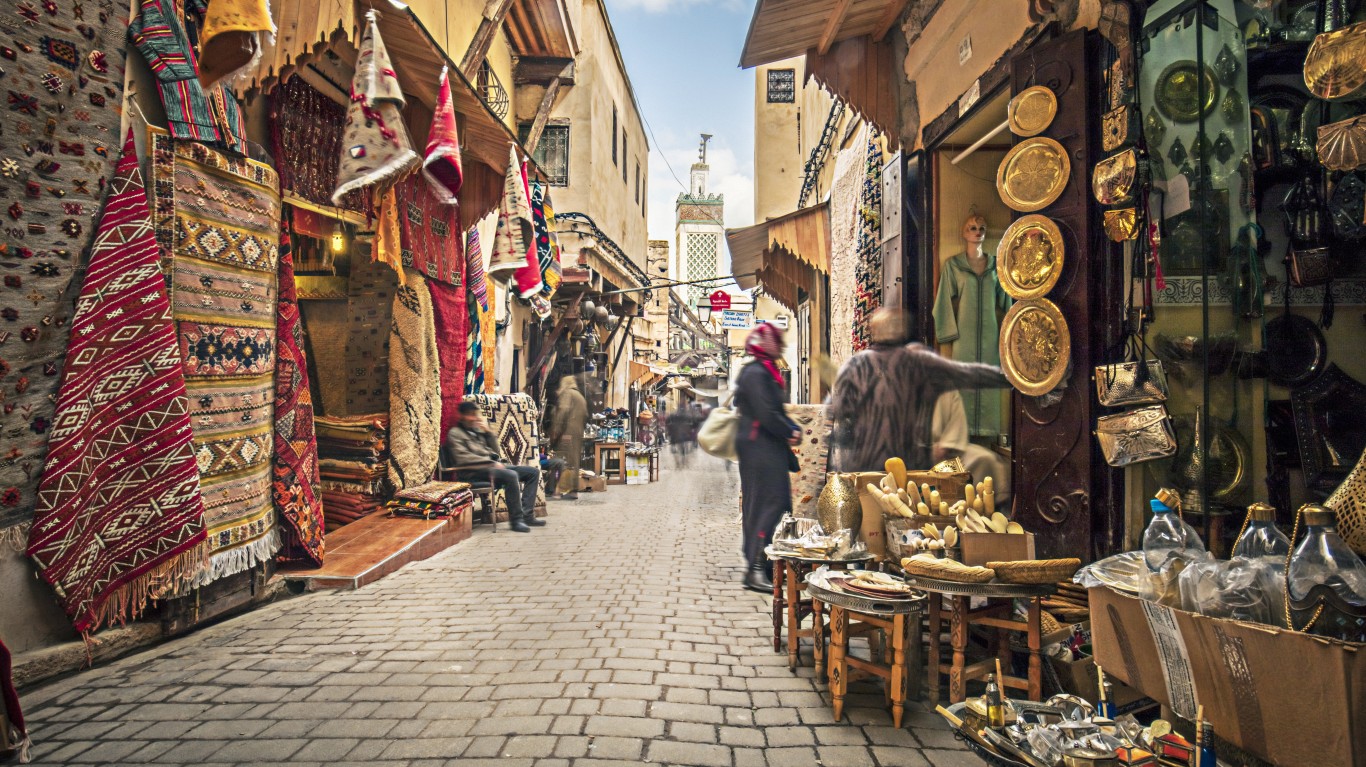
13. Morocco
Despite changes made to protect women, such as criminalizing harassment of women, removing the requirement of having a male guardian, and recognizing violence against women as gender-based discrimination, Morocco still has a very wide gap in economic opportunities, especially the share of women working. This has brought down its overall score. Less than 27% of women participate in the labor market, compared to 79% of men — the 10th worst ratio among all 149 countries includes in the Global Index.
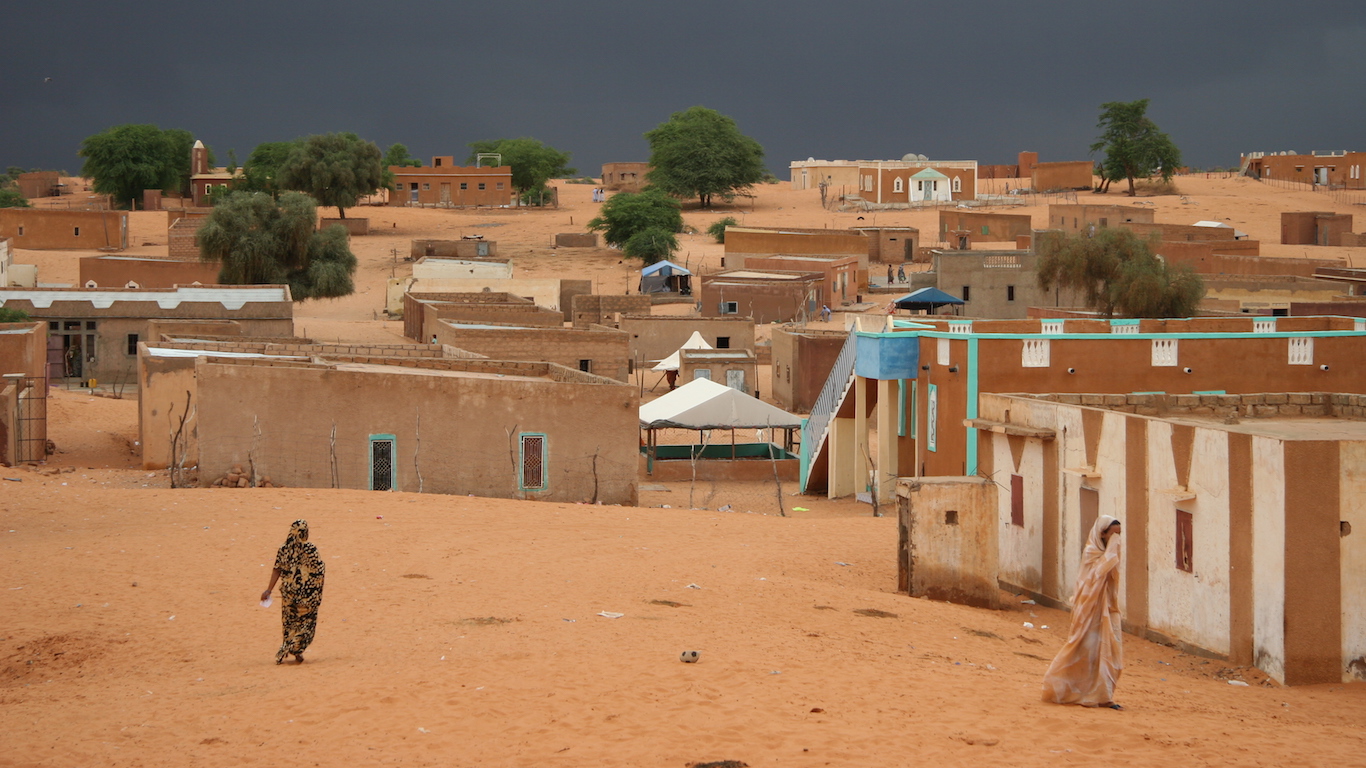
14. Mauritania
Mauritania, where bonded labor still persists despite being outlawed in 1981, has seen a decline in wage equality and a widening gender gap in political empowerment, especially in women’s representation in parliament.
And while technically the Constitution forbids discrimination, there is no exact definition of the word, making the law hardly enforceable. There is no law mandating equal pay and no legislation making domestic violence a crime.
[in-text-ad-2]

15. Egypt
Egypt still faces problems with constraints to women’s participation in the labor force, as well as sexual harassment and gender-based violence. Only 24% of women work, compared to almost 78% of men.
Gender discrimination in Egypt is also prevalent in politics and education. Just 75% of women are literate, compared to almost 87% of men.
Credit card companies are handing out rewards and benefits to win the best customers. A good cash back card can be worth thousands of dollars a year in free money, not to mention other perks like travel, insurance, and access to fancy lounges. See our top picks for the best credit cards today. You won’t want to miss some of these offers.
Flywheel Publishing has partnered with CardRatings for our coverage of credit card products. Flywheel Publishing and CardRatings may receive a commission from card issuers.
Thank you for reading! Have some feedback for us?
Contact the 24/7 Wall St. editorial team.